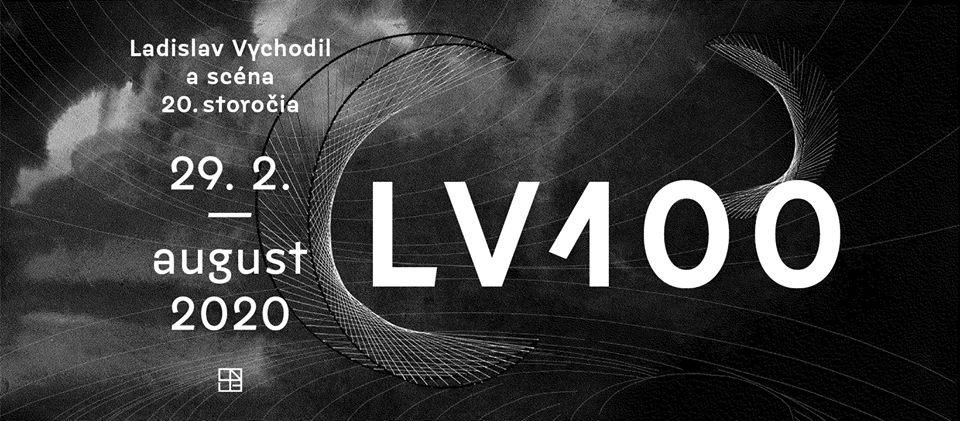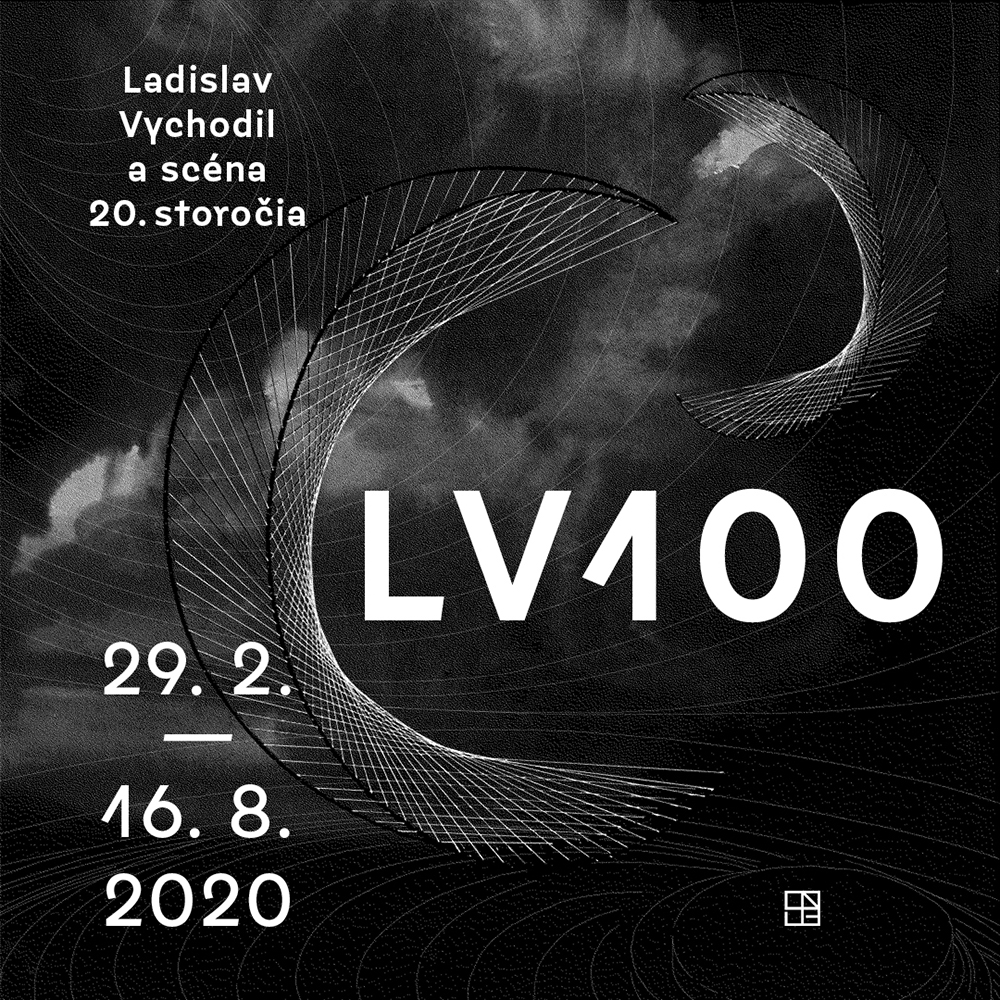
LV100. Ladislav Vychodil and the 20th Century Scene
In 2020, Slovak professional theater celebrates the one hundredth anniversary of its founding, and in commemoration of this occasion the Slovak National Gallery prepared an exhibition of one of the most significant Czech and Slovak scenographers of 20th Century, professor Ladislav Vychodil (1920-2005), for whom this year will mark the one hundredth anniversary of his birth. His influence was crucial for the development of Slovak stage design of the second half of the 20th century, but also for the Academy of Performing Arts in Bratislava, where he was co-founder of the independent department of stage design and mentor for several generations of stage designers.
Ladislav Vychodil was involved in stage design for almost six decades, during which time he created the stage designs for almost 500 productions at home and abroad. Since the last of Vychodil’s designs appeared in theaters 20 years ago, this exhibition presents his work in a gallery context. The exhibition is focusing on the artistic principles which he employed and maps the history of stage design in various periods of Vychodil’s work based on his ideas. Special space is also reserved for Vychodil’s role in “the building of socialism” his work in the theater workshops of the Slovak National Theater, at the birth of which he stood.
Many of the designs to be presented, will be exhibited for the first time; others have travelled the world. A large section of the artist’s estate is administered by the Theater Institute Museum in Bratislava; however, thanks to donations and loans from Ladislav Vychodil’s family, the Slovak National Gallery also acquired many designs and documents which will in all probability will be presented publicly at this exhibition for the first time. The exhibition was preceded by research of not yet published material from the archives of the Thompson Library of Ohio State University, in particular, notes and recordings of the interviews of Jarka Burian, an American theater historian of Czech origin, with Ladislav Vychodil. Ohio State University’s cooperation also resulted in the initiative to reconstruct a model created by the designer for the 1970 production of Svätopluk in the Bratislava Castle courtyard. The model was constructed by prof. Dan Matthews, who systematically studies Czech and Slovak stage design.
Mojmír Vychodil (Vychodil Architects), the grandson of Ladislav Vychodil is the architect of this exhibition. He searched for methods of transferring the artistic principles of stage design to a gallery environment through citations from the work of his grandfather. The installation in the atrium of the Esterházy Palace, which features a replica of a stage element from Vychodil’s most famous production of Nezval’s utopian drama Atlantis from 1961 created by us and the embossed metal eagle from the production of Prince Friedrich of Homburg (1983), is the most distinctive example of this approach. Several video projections of multimedia artist Boris Vitázek, which are based on Vychodil’s stage design principles are also part of the exhibition installation. In the last room of the exhibition, visitors have the opportunity to try the scenographic principles and procedures inspired by Vychodil and create model-boxes.
Zuzana Koblišková, Curator of the Exhibition

The exhibition is accompanied by the publication of a 140-page catalogue in Slovak and English featuring the texts of curator Zuzana Koblišková, theatrologist Šárka Havlíčková Kissová’s study dedicated to dramatic images from the history of the Slovak nation in the operas Juro Jánošík (1954), Beg Bajazid (1957) and Svätopluk (1960) and an essay by prof. Dan Matthews from Ohio State University on Ladislav Vychodil’s mastery and the shops that he built at the Slovak National Theater.
Information regarding the exhibition accompanying program will be provided in the program bulletins and at www.sng.sk.

